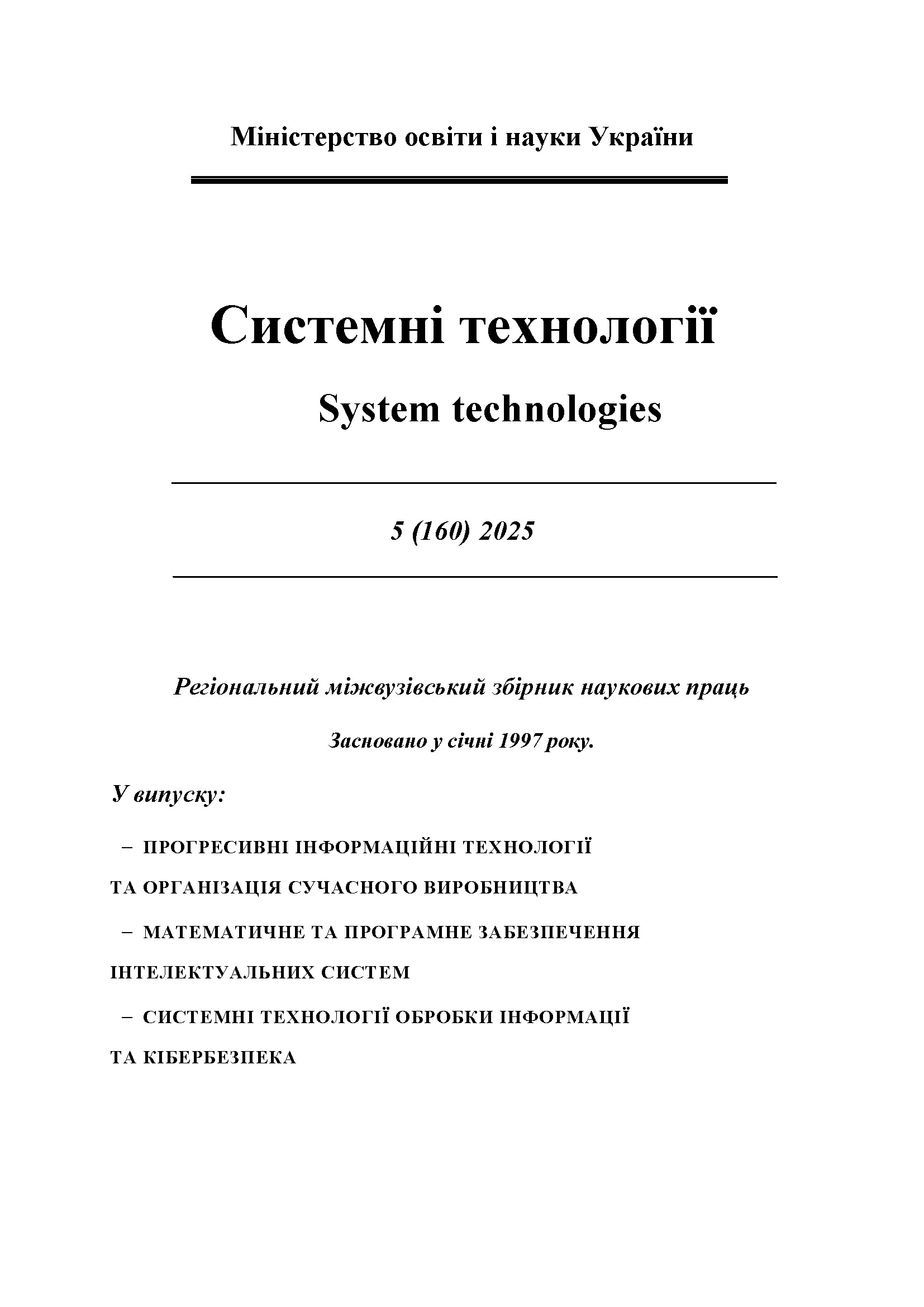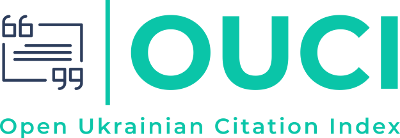Implementation and research of methods for automation human resource planning
DOI:
https://doi.org/10.34185/1562-9945-5-160-2025-22Keywords:
personnel planning, automation, budgeting, human resources management, dashboardAbstract
The development of business process automation, along with the increasing complexity of human resource management, has led to the need to create effective planning systems. The article examines the process of automating personnel planning and budgeting, which allows managers to review and approve annual plans, and line managers to control their organiza-tion, identify staff shortages and plan staff recruitment. In addition, the system creates infor-mation panels for managers, which allows you to track the achievement of corporate goals.
Project management is relevant both for increasing the efficiency of teams and for op-timizing the use of resources. In addition to many types of commercial use, project manage-ment systems are also of interest in scientific research and educational programs, where they help organize work on complex projects and ensure the achievement of set goals.
Solving the problem of project management and human resource planning uses the achievements and stimulates the development of many branches of technology and manage-ment. The practical value of the study is that it helps to understand the key aspects of project management and human resource planning in IT companies, which contributes to increasing the efficiency and productivity of organizations.
When analyzing human resource planning methods, the effectiveness of various human resource planning methods in IT companies was investigated, software was implemented to automate planning and resource allocation, the impact of resource planning on team produc-tivity was assessed, and human resource use was optimized.
The implementation of the developed project management system and human resource planning methods leads to increased team efficiency and improved project results. It is rec-ommended to apply the developed methods and tools to increase the competitiveness of IT companies.
References
The Definitive Guide to Project Management. Nokes, Sebastian. 2nd Ed.n. London (Financial Times / Prentice Hall): 2007. ISBN 978-0-273-71097-4.
Paul C. Dinsmore et al (2005) The right projects done right! John Wiley and Sons, 2005. ISBN 0-7879-7113-8. p.35 and further.
Lewis R. Ireland (2006) Project Management. McGraw-Hill Professional, 2006. ISBN 0-07-147160-X. p.110.
Joseph Phillips (2003). PMP Project Management Professional Study Guide. McGraw-Hill Professional, 2003. ISBN 0-07-223062-2 p.354.
Dennis Lock (2007) Project management (9e ed.) Gower Publishing, Ltd., 2007. ISBN 0-566-08772-3.
Young-Hoon Kwak (2005). «A brief history of Project Management». In: The story of managing projects. Elias G. Carayannis et al. (9 eds), Greenwood Publishing Group, 2005. ISBN 1-56720-506-2.
David I. Cleland, Roland Gareis (2006). Global project management handbook. "Chapter 1: «The evolution of project management». McGraw-Hill Professional, 2006. ISBN 0-07-146045-4.
Martin Stevens (2002). Project Management Pathways. Association for Project Management. APM Publishing Limited, 2002 ISBN 1-903494-01-X p.xxii
Downloads
Published
Issue
Section
License
Copyright (c) 2025 System technologies

This work is licensed under a Creative Commons Attribution 4.0 International License.















